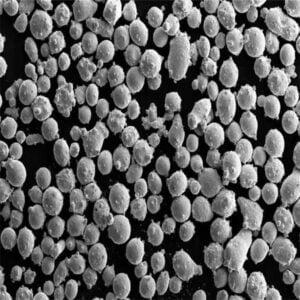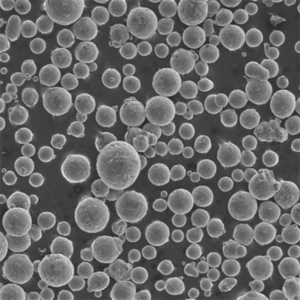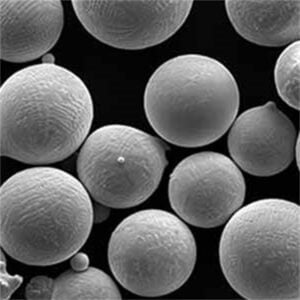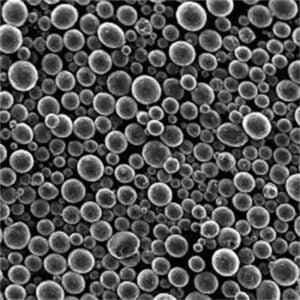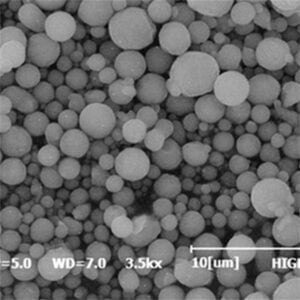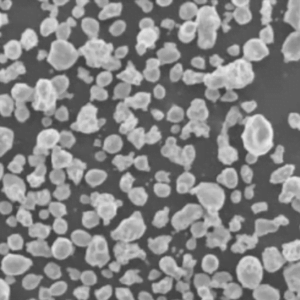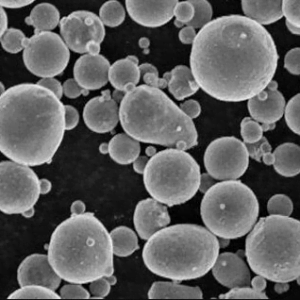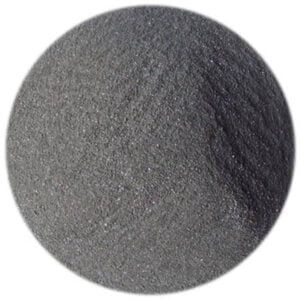Titanium Metal Powder Suppliers
Table of Contents
Titanium powder producers offer specialty fine particle size metal feedstocks enabling fabrication of aerospace, medical, automotive, and consumer components via additive manufacturing as well as powder metallurgy consolidation. This article compares major global titanium metal powder suppliers across characteristics like location, grades, production capacity, prices, and quality certifications.
Overview of titanium metal powder suppliers
Pure titanium powders containing over 99% titanium have excellent strength-to-weight ratios, corrosion resistance, biocompatibility, high melting point, and hardness values making them suitable for demanding applications across industries.
Alloying elements like aluminum, vanadium, molybdenum, zirconium, tin, niobium, tantalum, and silicon are added to further augment properties for niche performance requirements.
Common titanium powder grades include:
- CP (Commercially Pure) Titanium
- Ti-6Al-4V – Aerospace grade
- Ti-6Al-7Nb – Biomedical grade
- Ti-55531 – High temperature alloy
- Ti-1023 – Heavy metal alloy
These powders spanning 1 to 150 microns size ranges are used across:
- Additive manufacturing
- Metal injection molding
- Press and sinter near-net shape fabrication
- Powder forged components
- Thermal spray coatings
- Pyrotechnics and ordnance
- Powder metallurgy consumables
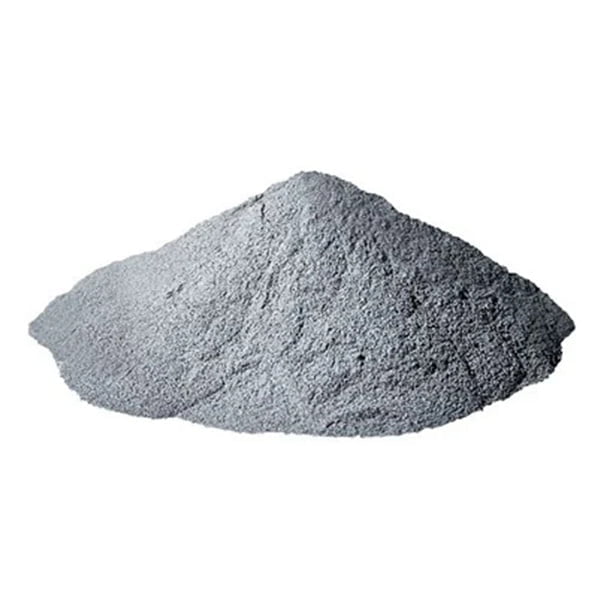
Top 10 Titanium Powder Manufacturers
Leading global producers of CP titanium, Ti-6-4, and other titanium alloy powders are concentrated across the Americas, Europe, China, India and Japan.
| Manufacturer | Headquarters | Capacity (Tons/Year) | Production Methods |
|---|---|---|---|
| ATI Powder Metals | US | 5000 | Hydride-dehydride (HDH), Gas atomization |
| Tekna | Canada | 1000 | Plasma atomization |
| Metalysis | UK | 20000 | Electrolysis |
| Dow Titanium | US/Europe | 30000 | Sodium reduction, HDH |
| OSAKA Titanium Technologies | Japan | 5000 | HDH, Electron beam melting |
| AP&C | Canada | 75000 | HDH |
| CRISTAL | France | 10000 | Sodium process |
| VSMPO | Russia | 10000 | HDH |
| Puris | US | 2000 | Sodium reduction |
| Toho Titanium | Japan | 15000 | Magnesium thermal reduction |
These prominent suppliers offer most common titanium grades but also develop custom alloys and particle characteristics to meet user application requirements.
USA Titanium Powder Manufacturers
The United States produces over 15% of global titanium feedstock materials leveraging domestic aerospace, medical, defense, and automotive sector demand. Aside from large established corporations, a cottage industry of small and mid-sized North American vendors also exists.
Major USA firms
| Company | Location | Details |
|---|---|---|
| ATI Powder Metals | Pennsylvania | Broadest titanium powder producer globally both in grades and tonnage. Aerospace leader. |
| Puris | California | Specializes in titanium, zirconium, hafnium ultrafine powders for electronics and specialty alloys. |
| Dow Titanium | Illinois/Pennsylvania | High volume commoditized CP titanium and Ti-6-4 powders. Aerospace and industrial focus. |
| Valimet | Michigan | Producer of HDH titanium and superalloy powders. |
| Carpenter Technology | Pennsylvania | Leading USA alloy manufacturer providing specialty titanium grades. |
Other USA titanium suppliers include Strem Chemicals, Edge Metal, Commercial Metals Company, Nu-Tek Innovations, Metraco, and several metal 3D printing service bureaus with powder inventory.
Pricing estimate: $50-500 per kg based on purity, chemistry, particle characteristics, distribution consistency, volumes purchased and available supply chain margins.
Chinese Titanium Powder Manufacturers
China has a rapidly growing domestic aerospace sector coupled with strong export demands which propelled several titanium powder producers to emerge over the past decade.
Major Chinese companies
| Company | Location | Details |
|---|---|---|
| Western BaoDehang | Baoji City | Major CP titanium and Ti-6-4 provider from Northwest region aerospace hub. Export focus. |
| Western Superconductor Technologies | Xi’an City | Titanium and superalloy powders for medical and aviation applications. |
| Northwest Institute for Non-Ferrous Metal Research | Xi’an City | R&D on new titanium alloys and powder production methods. |
| Baoji Haoxin Titanium Industry | Baoji City | Mid-sized producer of titanium powder for automotive and chemical uses. |
| Luoyang Kewei Aerospace Technology | Luoyang | Specialist in titanium alloy microspheroidization powders. |
Additional players are emerging as China ramps investment in metal AM powder capacity to serve growing domestic demand. Joint ventures with European and American firms are also underway providing technology transfers.
Pricing estimate: $30-150 per kg – Over 50% lower than US and EU prices for standard CP titanium and Ti alloy options.
European Titanium Powder Companies
Europe’s strong aerospace legacy combined with pioneering efforts in metal additive techniques supported a vibrant ecosystem of regional titanium powder manufacturers.
Key European firms
| Company | Country | Details |
|---|---|---|
| AP&C | Canada | Global leader in clean spherical titanium powders up to 150 tons/year capacity after acquisition by GE Additive. |
| Metalysis | UK | Breakthrough electrolysis production method yields 20k tons/year titanium, tantalum and specialty alloy potential. Lower prices. |
| TLS Technik GmbH | Germany | Major provider of titanium and nickel powders for 15 years across European markets. |
| Powder Alloy Corporation | Russia | Rosatom subsidiary offering cost competitive titanium alloys serving Asian and CIS regions. |
| Praxair | Several | Established producer of common titanium grades especially for thermal spray niche uses. |
Additional companies like LPW Technology, Indo-US MIM Tec Pvt., Supra Alloys Inc., and PyroGenesis offer more regional targets or custom titanium development services.
Pricing estimate: $70-300 per kg for small batch CP titanium or Ti-6Al-4V.
Critical Supplier Selection Criteria
Choosing suitable titanium powder sources depends on several aspects:
Technical factors
- Chemistry – Grade and composition within allowed elemental limits
- Particle size distribution consistency
- Morphology – Sphericity, satellite fractions, texture
- Apparent/tap density uniformity
- Flow rate, moisture limits, layer uniformity
Commercial considerations
- Price per kg – Dictated by tier, purity and logistics
- Minimum order quantities
- Custom alloy flexibility
- Lead times and availability
- Packaging and shelf life guarantees
Company qualifications
- Time in business and production capacity
- Quality certifications – ISO 9001, AS9100, etc.
- Testing capabilities and reports
- Safety, sustainability and compliance record
Application demands
- Printer, powder bed, spray compatibility
- Part performance requirements
- Mechanical properties targets
- Testing correlations to properties
Carefully qualifying powder against credibility, cost, consistency and suitability metrics minimizes downstream manufacturing risks.
Industry Quality Standards
Titanium powders for commercial aerospace, medical, automotive and regulated uses require certification demonstrating compliance to governing specifications.
| Standard | Materials Covered | Requirements |
|---|---|---|
| ASTM B849 | Titanium and titanium alloy powders | Chemistry, particle size analysis, sampling, inspection |
| AMS 4200 | Titanium alloy powders | Contamination limits, particle analysis, tap density, morphology |
| ISO 23301 | Metallic powders including titanium | Sieving, sampling, particle shape, hall flow rate method |
Common test methods include:
- Chemical analysis – ICP, GDMS, Combustion
- Metallography – Microstructure
- Particle size distribution – Laser diffraction
- Apparent/tap density – Hall flowmeter
- Powder morphology – SEM imaging
Reputable global titanium powder suppliers provide lot traceability and test reports documenting quality adherence as well as scope for customer witnessing or split sampling.
Comparing Titanium Powder Manufacturers
| Company | Price Range | Grades Offered | Quality Certifications |
|---|---|---|---|
| ATI Powder Metals | $$$$$ | Most alloys | ISO 9001, AS9100D, ISO 13485 |
| Tekna | $$$$ | CP Ti, Ti-6-4, Ti-6-7 | ISO 9001:2015 |
| Metalysis | $$ | CP Ti, Ti alloy R&D | ISO 9001, ISO 14001, OHSAS 18001 |
| Dow Titanium | $$$ | CP grades | ISO 9001:2008 |
| AP&C | $$$$ | Ti-6-4 and emerging alloys | ISO 9001:2015, AS9100D, ISO 13485:2016 |
| Toho Titanium | $$ | CP grades and Ti-Al, Ti-Mn | ISO 9001 |
| Puris | $$$ | Ultrafine CP grades | ISO 9001:2015 |
Guideline – More controlled chemistry, cleaner particle characteristics, broader alloy offerings, and comprehensive certification warrant higher pricing. Medical and aerospace sectors attract premiums for high purity while industrial uses utilize more cost competitive options.
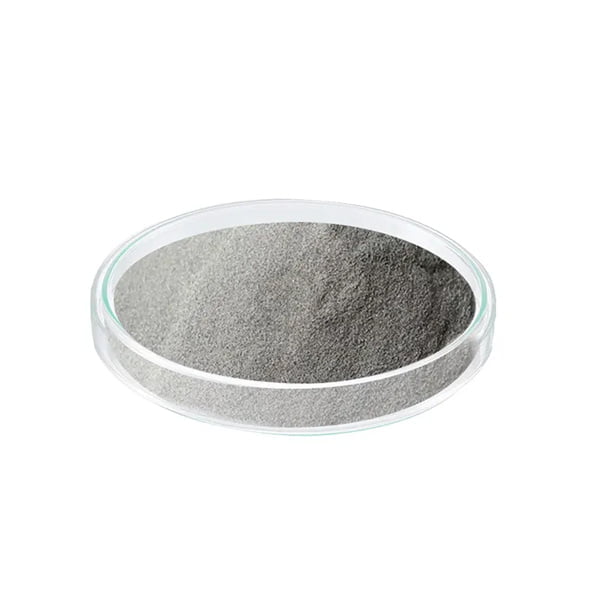
FAQ
Q: How is titanium powder manufactured?
A: Most large scale titanium powder derives from sponge fines or hydride-dehydride (HDH) methods while small batch specialized powders employ plasma atomization or electrolysis techniques. Each enables tailored powder size distributions, shapes and purity levels.
Q: What are the main differences between Ti-6Al-4V grades from different suppliers?
A: Minor variations in impurity limits, microstructure from thermal history, distribution percentiles, morphologies from different atomization mediums, available size ranges and testing breadth account for considerable grade variability between producers claiming Ti-6-4 chemistry. Understanding subtler differences is vital.
Q: How much does titanium powder for 3D printing cost?
A: Expect to pay $90-220 per kg for common grades like CP Ti Grade 2 and Ti-6Al-4V ELI intended for additive manufacturing over standard industrial varieties. Processing method, distribution yield, order volume, regional logistics and downstream margins differentiate pricing.
Q: What companies offer titanium powder recycling services?
A: Limited recycling exists today but growing powder reuse efforts from companies like Titanium Powder Recycling Initiative from GE Additive, 6K Additive, PyroGenesis Additive, Mutrec and Titanium Recycling Technology show promise for reintroducing affordable powders back into printers or PIM feeds.
Share On
MET3DP Technology Co., LTD is a leading provider of additive manufacturing solutions headquartered in Qingdao, China. Our company specializes in 3D printing equipment and high-performance metal powders for industrial applications.
Inquiry to get best price and customized Solution for your business!
Related Articles
About Met3DP
Recent Update
Our Product
CONTACT US
Any questions? Send us message now! We’ll serve your request with a whole team after receiving your message.

Metal Powders for 3D Printing and Additive Manufacturing
COMPANY
PRODUCT
cONTACT INFO
- Qingdao City, Shandong, China
- [email protected]
- [email protected]
- +86 19116340731






